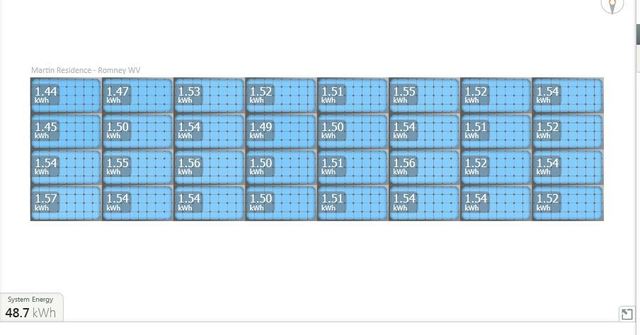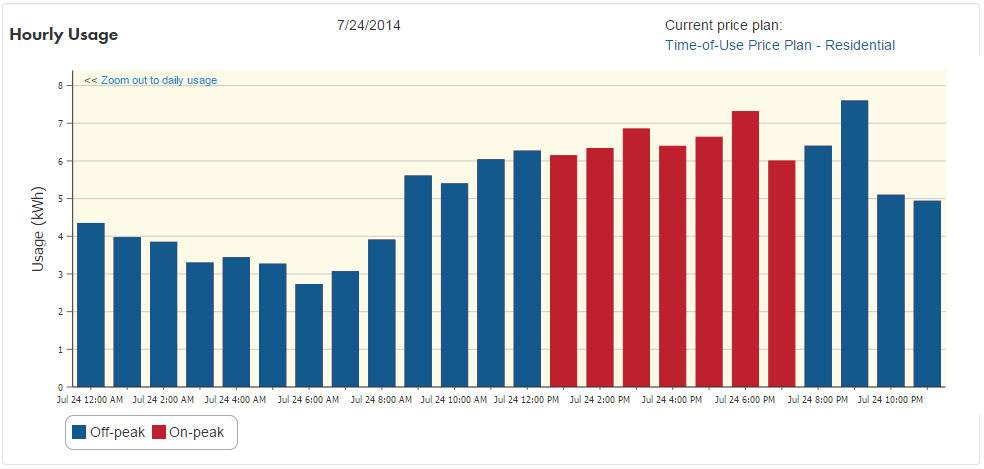So, let me see if I am reading this right...
You have to buy all that stuff to get electricity from one panel... and your max production is 250W.... does this mean you can power 250W of lights etc in your house? What is the conversion to KWH?
Also, you say you will plug it into a wall socket? Will this work? Would it not cause some kind of trouble in your house? Would that not only power that one circuit? Or would excess go back to the box and then go to all circuits?
I really do not know enough about electricity to know this...
A panel rated 250W only produces that power in the best of conditions (max insolation of 1kW/m^2), meaning no high cloudiness, fog, or dust, and the sun ray being perpendicular to the panel. As you do not rotate the panel to track the sun, the output will be lower in the morning and the afternoon, and only peaks at midday. Then, you may have about 90% efficiency of getting that to the grid due to losses in the wiring, inverter efficiency, etc...
And then, the midday sun is higher in the summer and at lower elevation in the winter, so unless you adjust the tilt angle with the season, you will not get the best for each season. Do you want to max out the power for winter or summer? An usual compromise is to have the panel tilt angle equal to your latitude, and leave it fixed through the year. In practice, people have their panels facing to whatever their roofs happen to point (and that is usually suboptimal).
Anyway, where I am in the SW where most days are cloudless, a south-facing panel tilted at an angle equal to the latitude (33 deg) will get an equivalent of 6 hours of max sunshine each day, averaged over a year. In June, I would get the equivalent of 7.5 hours of max sunlight (the daylight is longer than 7.5 hours, but the beginning and the end hours are at suboptimal angles for a fixed solar collector). In December, I would get 4.5 equivalent hours.
The above means that in June the 250W panel so oriented should produce 250W x 7.5 hrs/day = 1875 Wh, or 1.88kWh each day. At the peak rate of 22c/kWh, I would get about 41 cents of electricity a day in the summer.
It would be interesting to install just one panel+inverter and to log the data to compare to the above ideal number.
When I plug this into any outlet, the juice will flow over my whole house, and also into the grid. If I have my coffee maker on which draws 1200W, then only 950W is drawn through the meter, and that would be reflected in a lower charge at the end of the month.
Is the output of the inverter 2 or 3 wires? If 3 then you have 2 110 circuits as well as a 220 circuit. Note that amazon sells a 220 kwh meter for about $110 from EKM
I believe the inverter output is 2 wire, because that makes its electronic circuit the simplest. I found a 220V wattmeter for only about $40, but want the 110V output (via the transformer) because I can plug the experiment to the nearest AC outlet, with the panel just laid out on the ground wherever it's convenient. Else, I would need a long 220V cord going all the way back to the power panel at the electric meter.
PS. There are 110V micro inverters which are also cheaper than the popular Enphase models. They are not "name-brand", and I would need to research to see if they are reliable.


